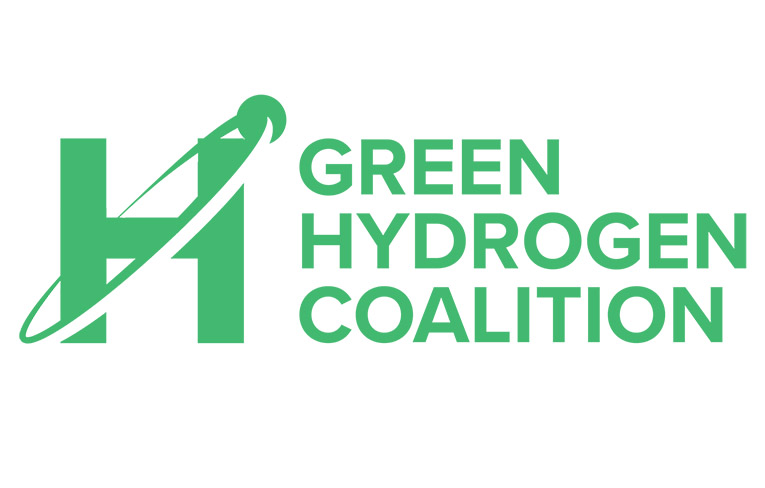Pipeline infrastructure, as well as geological formations suitable for storage, will be critical for the development of the U.S.’s first hydrogen hub, to be developed in Los Angeles, California. The Green Hydrogen Coalition (GHC), one of the project’s chief developers, shared its findings of a preliminary feasibility study to the Department of Energy.
During DOE’s Hydrogen Shot Summit, on September 1; the GHC shared several of its findings from the phase 1 study for the HyDeal LA project. According to S&P, the company intends to develop the hydrogen hub in Los Angeles; to drive down the cost of green hydrogen to $1,50 per kilogram by 2030.
In contrast, DOE intends to cut the cost of the fuel by 80% to $1 per kilogram within a decade; aligned with such ambitions, GHC revealed that using a 100% hydrogen pipeline infrastructure and underground geological storage would be vital to drive down the costs.
“Here’s the good news: sub-$2/kg, mass-scale green hydrogen delivered to the L.A. Basin is feasible by 2030. Transport and storage infrastructure is a key driver.” Said GHC founder and President Janice Lin.
Partners from the HyDeal LA project believe that developing a 100% hydrogen pipeline system would be vital for such a goal; however, there are some challenges ahead. The first one being that it is not currently clear which agency has the authority to determine who can operate blended and pure interstate hydrogen pipelines and set transmission rates, the study found. This ambiguity could impede the project’s development.
Also recommended for you: Bp delivers first carbon offset LNG cargo to Taiwan’s CPC. Click here to read.
Using natural gas pipeline infrastructure could help to scale hydrogen production
According to the partners, it should be the Federal Energy Regulatory Commission, the one to act as a regulator for the pipeline; either through legislation or administrative action, the partnership recommended.
Janice Lin drew two possible scenarios, according to S&P Global: hydrogen pipelines would have to connect to salt dome storage. One in Utah and the other in Nevada. The delivery cost would be $1.95/kg in Utah, while in Nevada would be $1.60/kg. With this strategy, salt formations would give a massive scale for storage to balance green hydrogen supply and demand.
Specifically for the Utah pathway, the project would need $27 billion in capital expenditures throughout the value chain, including “significant” private sector investment, Lin said. The pipeline network, one operational, would connect to offtaker hubs and commercial centers in California.
Finally, project partners recommend that, in the near term, blending hydrogen into the existing natural gas pipeline would help to pick up the market and scale production. For the supply side, waste to hydrogen production would be a viable solution for green hydrogen production.


